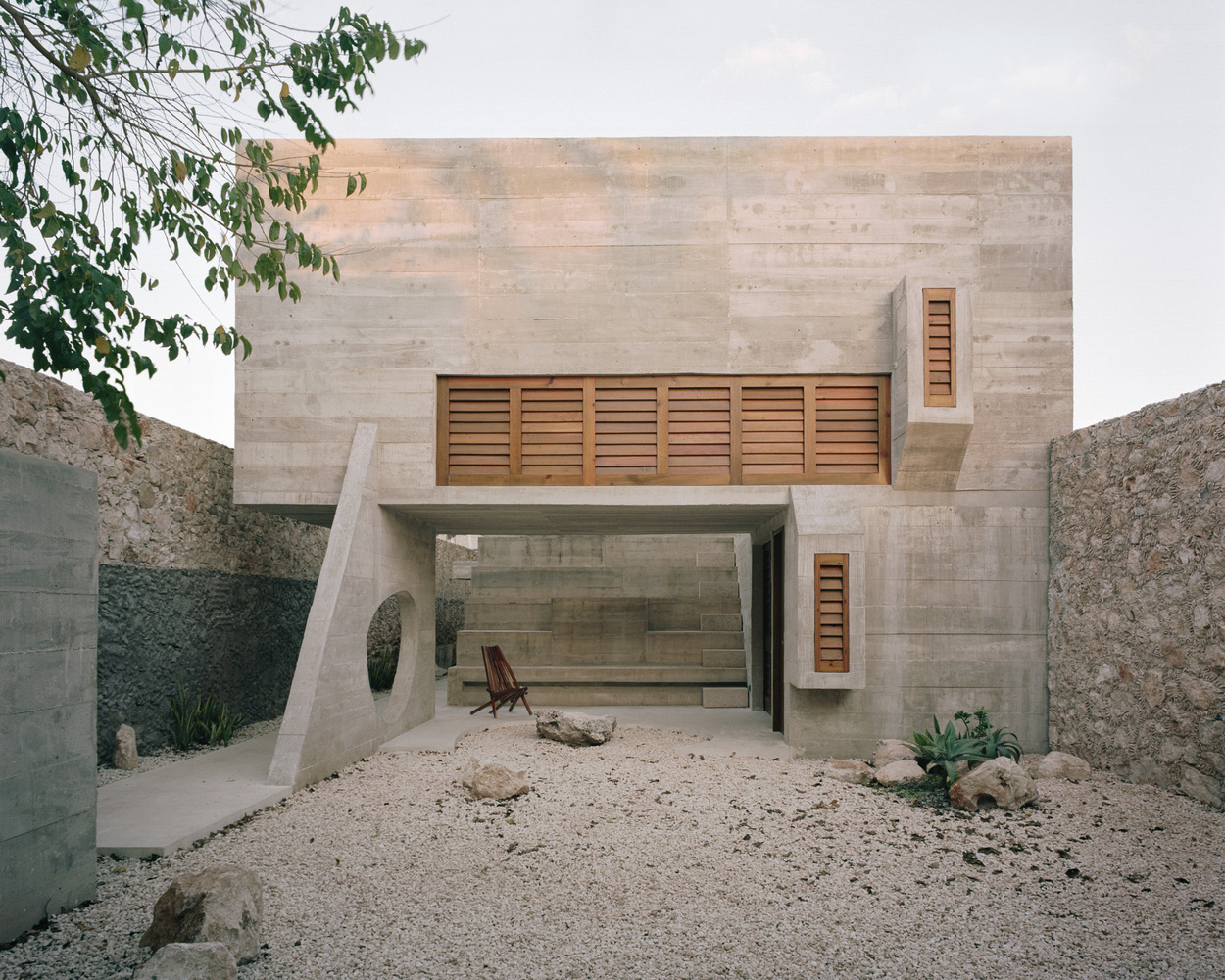On Brutalist Influence in Contemporary Architecture: 16 Examples in Mexico
Brutalism is an architectural style that originated in the 1950s and became popular in the 1960s. Its name comes from the French “béton brut,” which means “raw concrete,” as this material is one of the most characteristic elements of the style. Its main features are the apparent use of concrete, offering visuals where natural texture and tonality are the protagonists of the buildings. Brutalist buildings often have an austere and massive aesthetic, with simple and repetitive geometric shapes. The use of industrial materials and innovative construction techniques is also common in brutalism.
This architectural style has been used in a wide range of constructions, from houses and public buildings to stadiums and shopping centers. In Mexico, this style was very popular during the 1960s and 1970s, because concrete was considered a modern and economical material. Among the most well-known examples of brutalist architecture in Mexico is Agustín Hernández’s Casa en el Aire. Although this style lost popularity in the 1980s and 1990s, today we are witnessing a significant boom where some principles of this style are being adapted in different contexts.
 Picture: Rory Gariner
Picture: Rory Gariner
Comments :